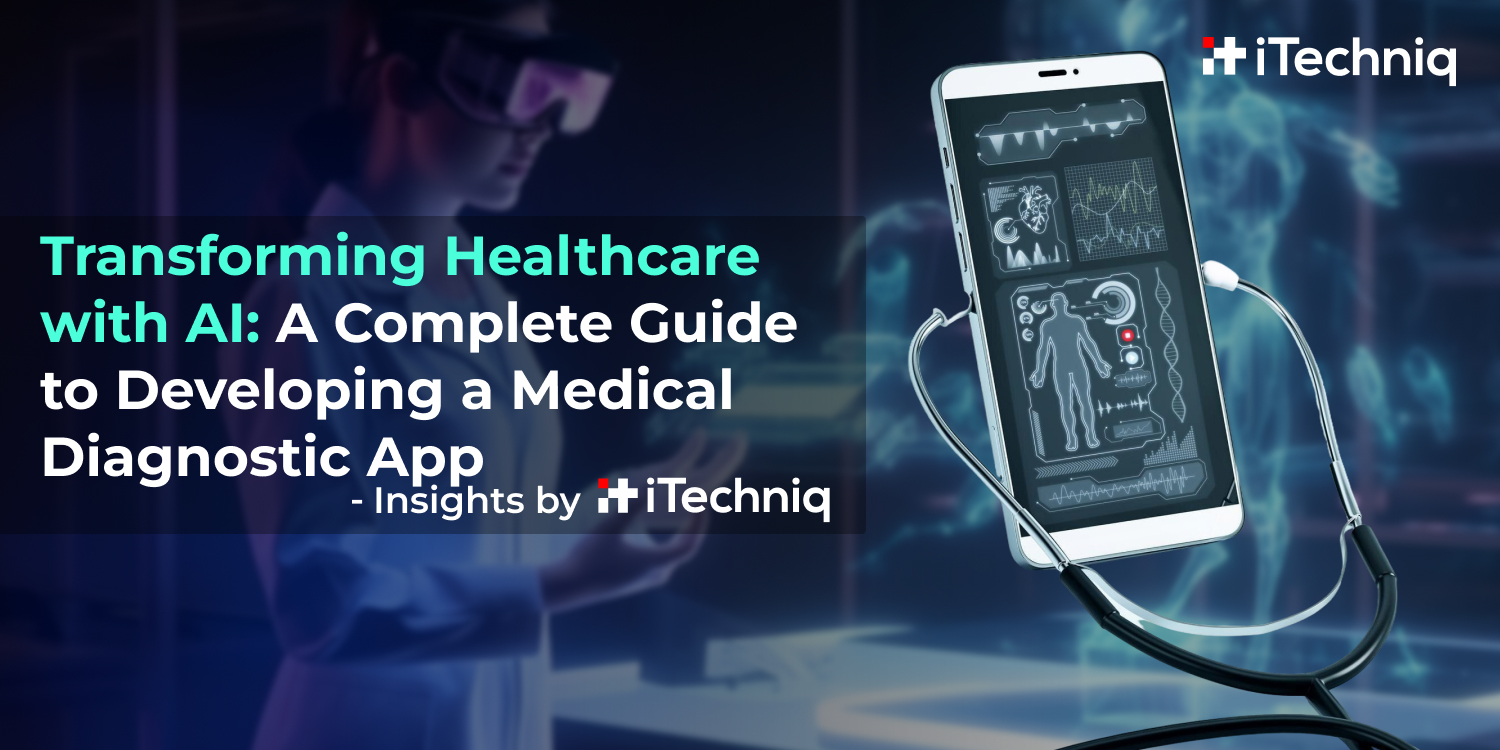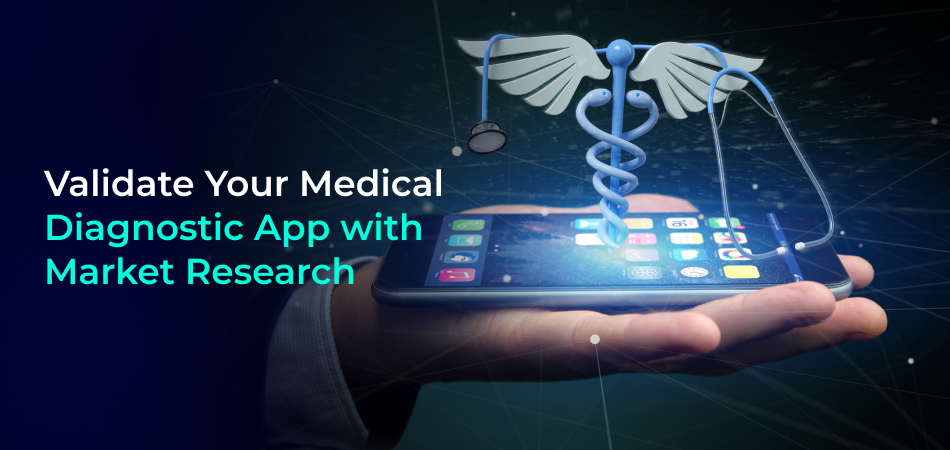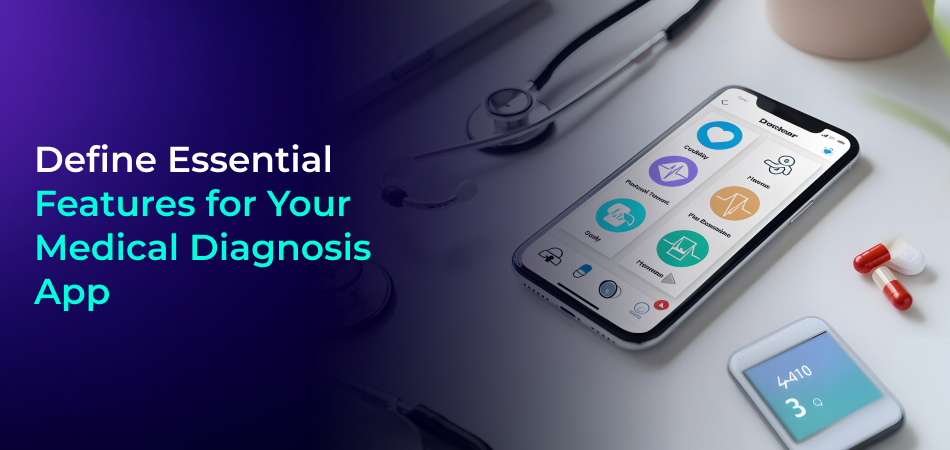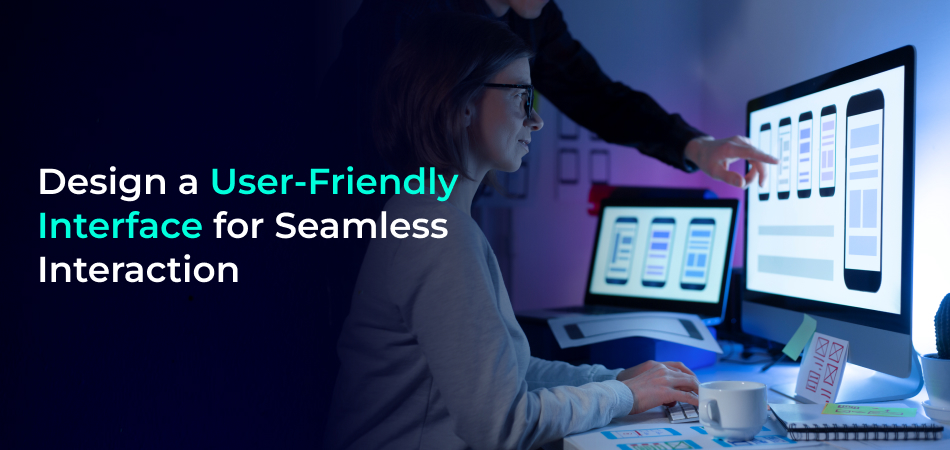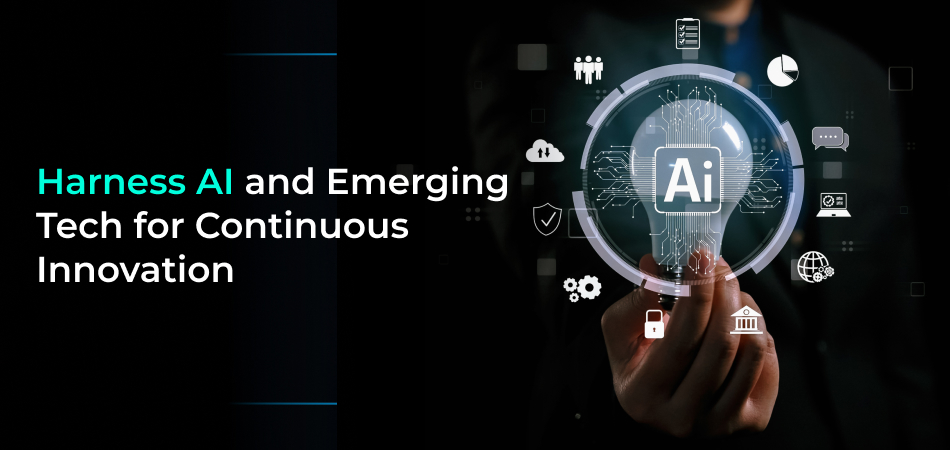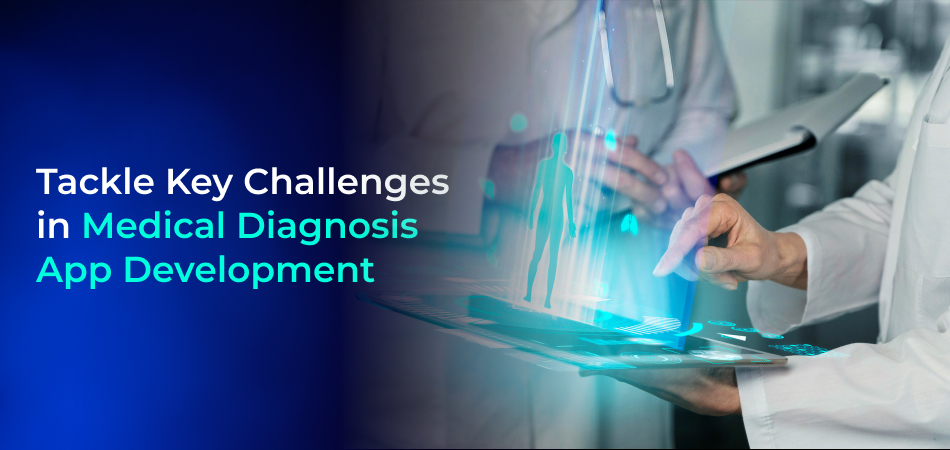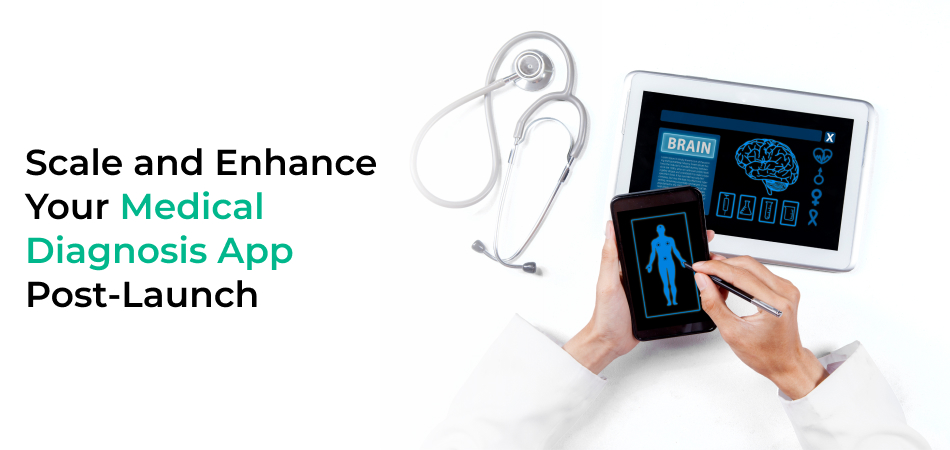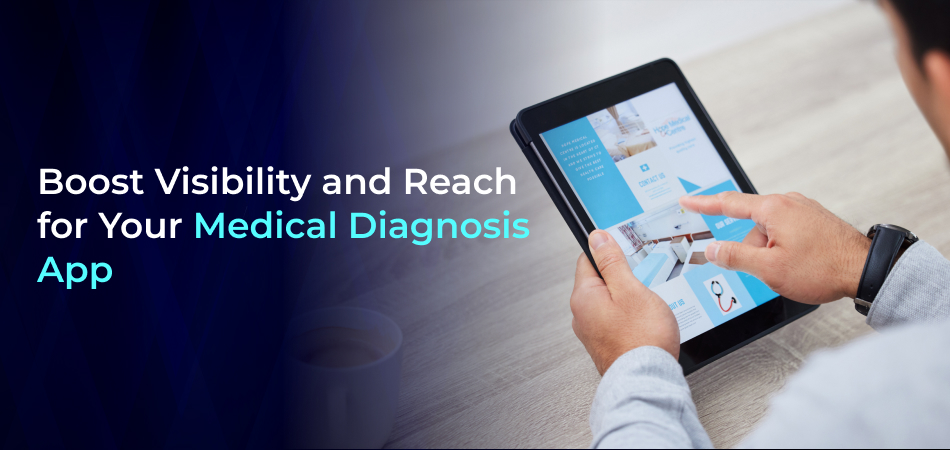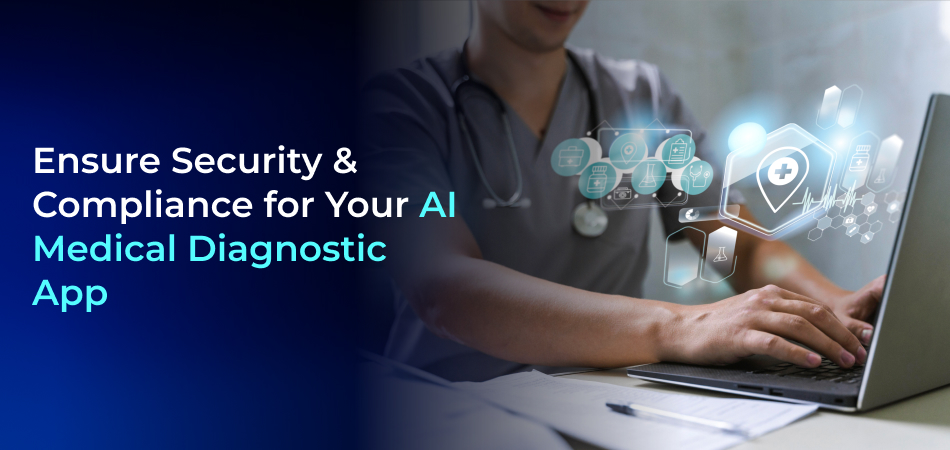Introduction: The Future of AI in Medical Diagnosis
Healthcare has evolved dramatically, with AI transforming diagnostics, patient care, and efficiency. The rising demand for a Medical Diagnostic App is fueled by the need for early disease detection, telehealth, and personalized healthcare solutions.
With the rise of AI medical diagnostic software, patients and doctors alike benefit from faster, more accurate diagnoses, reducing wait times and improving medical outcomes. Whether you’re an entrepreneur, a healthcare app development company, or a fitness app development company, entering the medical diagnosis app development space can be both lucrative and impactful.
But how do you develop a strong, AI-based, and compliant medical diagnosis app? This step-by-step guide will take you through the complete journey—from market analysis and feature choice to technology stack and deployment strategies—to help your AI medical diagnostic software become a hit in this rapidly expanding field.
Step 1: Conduct Extensive Market Research and Validation
It’s important to validate your idea prior to going into development by doing extensive market research. The healthcare industry is highly regulated and competitive, and therefore, it’s essential that you get a good idea of user requirements, compliance matters, and competing possibilities.
Most Challenging Market Research Challenges
1. Define Your Target Market:
- Are you developing an app for patients requiring symptom checkers?
- Will it be for professionals to support AI-based diagnosis?
- Should it be a hybrid platform that is for both patients and professionals?
2. Market Trends Analysis:
- Study the trend of AI medical diagnostic software and how it is changing the healthcare solutions space.
- Study new technologies such as machine learning, computer vision, and predictive analytics in medical diagnosis.
3. Competitive Analysis:
- See if there exist already existing AI-powered medical diagnostic app and list their strengths and weaknesses.
- Look for gaps in the market where your medical diagnosis app can provide better functionality.
4. Regulatory and Legal Compliance:
- Medical apps must comply with global health regulations such as HIPAA (USA), GDPR (EU), and MHRA (UK).
- Ensure patient data privacy and secure storage mechanisms to avoid legal issues.
By conducting thorough research, you’ll reduce risks, refine your app’s unique value proposition, and ensure your product is market-ready before development begins.
Step 2: Determine Key Features for Your Medical Diagnosis App
Your AI-powered medical diagnostic app must deliver smooth healthcare solutions. Following are the key features that will improve user experience and accuracy:
1. AI-Driven Symptom Checker
- Users enter their symptoms, and the AI delivers immediate, data-based medical advice.
- Uses machine learning algorithms to examine symptoms and forecast probable diseases.
2. Electronic Health Records (EHR) Integration
- Interfaces with hospitals and clinics to draw in patient history.
- Empowers doctors to make better decisions using historical medical data.
3. Virtual Doctor Visits (Telemedicine)
- Enables remote consultations with physicians via video and chat.
- Helps patients in healthcare access from anywhere, with decreased clinic visits.
4. AI & Machine Learning Features
- Uses deep learning to enhance accuracy in diagnosis with time.
- Applies predictive analytics for disease prevention and risk factor assessment.
5. Data Security & Compliance Features
- Provides HIPAA-compliant encryption to store patient information securely.
- Offers two-factor authentication and secure cloud storage.
6. Wearable Device & IoT Support
- Integration with fitness trackers and smartwatches to measure real-time health parameters.
- Provides automatic alerts in case of any abnormality in heart rate, BP, or oxygen level.
7. Multi-Language & Accessibility Features
- Multi-language support to make the application accessible across the globe.
- Voice-based functionality for blind patients.
Including these elements will turn your app into a best-of-breed AI-powered medical diagnostic app with greater adoption and trust by users.
Step 3: Proper Technology Stack Selection
Selecting the proper tech stack will make your app efficient, secure, and scalable.
Recommended Tech Stack for AI Medical Diagnosis App Development:
- Frontend Technologies: React Native (cross-platform), Swift (iOS), Kotlin (Android)
- Backend Technologies: Node.js, Python (Django/Flask), Firebase
- Database Solutions: PostgreSQL, MongoDB
- AI & Machine Learning: TensorFlow, IBM Watson, OpenAI GPT
- Cloud Storage: AWS, Google Cloud, Microsoft Azure
- APIs & Third-Party Integrations: FHIR API, OpenAI API, IBM Watson AI
A robust technology stack guarantees that your AI-powered medical diagnostic app runs smoothly on different devices and operating systems.
Step 4: Create an Intuitive UI/UX for Maximum Interaction
Even the most sophisticated AI medical diagnostic software will not succeed if it has a complicated, confusing interface.
Most Important UI/UX Principles for Medical Diagnosis Apps:
- Easy Navigation: Steer clear of clutter, keep the layout clear.
- Minimalist Design: Functionality over flashy graphics.
- Easy Feature Access: Make it easy for users to quickly check symptoms, schedule appointments, or view reports.
- Dark Mode & Accessibility Features: Make it easier for visually impaired users to access content.
An effectively designed app improves user trust, engagement, and retention rates.
Step 5: Executing Monetization Strategies for Your Medical Diagnosis App
While creating an AI-powered medical diagnostic app is a noble cause with the goal of enhancing healthcare accessibility, it’s also crucial to have a sustainable revenue model in place to make the app sustainable in the long run.
Monetization Models for Medical Diagnosis Apps:
1. Subscription-Based Model
- Provide a freemium version with minimal symptom-checking features.
- Offer a premium subscription for enhanced features such as AI-based personalized health information, doctor consultations, and electronic health record integration.
- Example: Monthly or annual membership for unlimited AI-based diagnoses.
2. Pay-Per-Consultation Model
- Ask users to pay a fixed amount for virtual doctor consultations.
- Beneficial for offering telemedicine features as part of your medical diagnosis app.
3. Partnerships with Healthcare Providers
- Partner with hospitals, clinics, and pharmaceutical firms to integrate your AI medical diagnostic software into their infrastructure.
- Charge a hospital licensing fee for those interested in using your AI-powered medical diagnostic app to improve patient diagnosis.
4. Ad-Based Revenue Model (Implemented Cautiously to Preserve Credibility)
- Offer sponsored medical services, fitness programs, or healthcare products of interest to users.
- Ads should be ethical, non-intrusive, and from authenticated medical sources to preserve user trust.
5. Data Insights for Medical Research (Data Privacy Laws Compliant)
- Provide anonymized data insights to research institutions for epidemiology studies and AI model enhancement.
- Never sacrifice data security—all insights must be aggregated and anonymized.
An effective monetization strategy ensures your medical diagnosis app development project generates a revenue-generating and impactful solution.
Step 6: Leveraging AI and Emerging Technologies to Drive Future Enhancements
The way forward for medical diagnosis app development is to capitalize on the latest AI developments to improve productivity and patient results.
AI-based diagnostic tools have shown an accuracy of 87-95% in detecting diseases such as cancer, outperforming human doctors in some cases.
Future Trends in AI for Medical Diagnosis Apps:
1. AI-Powered Predictive Healthcare
- Artificial Intelligence will predict health dangers before they happen, allowing for preventive therapy.
- Example: Prediction of early-stage diabetes, cardiovascular disease, or mental illness risk from behavioral profiles and medical history.
2. Blockchain for Secure Patient Data
- Utilizing blockchain technology provides immutable medical records for increased data security and integrity.
- The information belongs to the patient and it can safely be provided to physicians whenever and where necessary.
3. Virtual Reality (VR) & Augmented Reality (AR) Integration
- Augmented Reality can help doctors visualize medical conditions better through internet consultations.
- Virtual Reality has the possibility for therapeutic application, e.g., pain relief and psychological therapy.
4. Voice-Controlled AI for Physically Disabled Citizens and Elderly Users
- AI-powered voice assistants can aid visually impaired or elderly people to gain hands-free access to medical guidance.
- Illustration: Voice-directed symptom screening and AI-activated medication reminders.
5. AI-driven Personalized Health Coaching
- The program can offer life changes in line with current information and genetics.
- Example: Diet recommendations based on AI, yoga exercises, and exercise routines for preventive management.
Google’s DeepMind AI achieved a 94.5% accuracy rate in detecting eye diseases from retinal scans.
By combining all these upcoming technologies, your AI medical diagnosis app will still be one step ahead of everyone and keep making healthcare experiences even better for people around the world.
Step 7: Overcoming Challenges in Medical Diagnosis App Development
Creating an AI medical diagnosis software is not an easy task. With its own set of problems and challenges, developers and healthcare business entrepreneurs need to go through a series of complexities to provide a successful and reliable solution.
Let us consider some of the biggest problems and how to overcome them.
1. Ensuring Data Privacy and Security
One of the largest issues with AI medical diagnostic software is managing sensitive patient information. As medical applications involve protected health information (PHI), you must comply with data security laws such as:
- HIPAA (Health Insurance Portability and Accountability Act) – Guarantees data privacy in the US.
- GDPR (General Data Protection Regulation) – Guarantees user privacy rights in Europe.
- NHS Data Security Standards – Compulsory for medical apps being utilized in the UK.
Solution:
- Use end-to-end encryption to safeguard patient records.
- Use role-based access control (RBAC) to restrict unauthorized access.
- Regularly conduct security audits to identify vulnerabilities.
2. High Prediction Accuracy with AI
Unlike traditional mobile applications, an AI medical diagnostic software must be very accurate and reliable. False negatives and false positives from the AI algorithm would lead to misdiagnosis, anxiety among patients, and even litigation.
Solution:
- Train the AI on big, high-quality, and diverse medical data sets.
- Collaborate with healthcare institutions, medical researchers, and healthcare providers to confirm AI-derived results.
- Continue to update the AI model with new results of medical research.
3. Gaining User Adoption and Trust
More people are skeptical about using AI-based healthcare solutions. Individuals may not fully trust AI recommendations, especially for critical health conditions.
Solution:
- Provide a detailed description of how the AI identifies symptoms.
- Allow users to access human physicians alongside AI-created counsel.
- Provide case studies and real-life success stories to create credibility. By effectively addressing these issues ahead of time, your medical diagnostic program can provide safer, more precise, and easier-to-use medical services.
Step 8: Post-Launch Strategies – Scaling & Continuous Improvement
Releasing your AI-based medical diagnostic app is only the start. Maintaining the momentum requires constantly updating your app to keep it up-to-date, accurate, and interesting to users.
Major Post-Launch Strategies:
1. Gathering & Interpreting Users’ Feedback
- Gather real-time user opinions via in-app surveys.
- Monitor app store ratings to find recurring problems and requested features.
- Utilize AI-driven analytics software to identify user behavioral patterns and enhance suggestions.
2. Improving AI Algorithms for Higher Accuracy
- Continuous training and updating of AI models based on new health information to further improve diagnostic accuracy.
- Collaborate with doctors and data scientists to verify AI predictions.
- Perform regular compliance audits to stay aligned with international healthcare regulations.
3. Wearables & IoT Device Expansion
- Also integrate with Apple Health, Google Fit, Fitbit, and other wearables for tracking health.
- Facilitate real-time monitoring for chronic diseases such as diabetes, hypertension, and heart disease.
- Use AI-based predictive alerts to notify people of upcoming health risk before symptoms arise.
4. Worldwide Expansion & Multi-Language Support
- Offer multilingual support to serve a global population.
- Make sure your AI-based medical diagnosis tool complies with local healthcare standards such as HIPAA (US), NHS (UK), GDPR (Europe), and local government regulations.
- Globalization of your app guarantees sustainable development and greater control over access to healthcare worldwide.
Step 9: Promoting Your Medical Diagnosis App to Maximize Coverage
Regardless of how sophisticated an AI-powered medical diagnosis app is, it will be useless if it cannot reach the target audience. A successful marketing strategy will make doctors, hospitals, fitness instructors, and common users familiar with your app and trust your app as a one-stop healthcare shop.
AI-powered diagnostics are expected to reduce healthcare costs by 30-50% while improving patient outcomes.
1. Identifying Your Target Audience
- Your medical diagnosis app development efforts should concentrate on particular user personas, for example:
- Individuals seeking quick and convenient medical guidance.
- Physicians and medical practitioners who can leverage AI-based insights for diagnosis.
- Hospitals and clinics that would like to adopt AI for improved patient care.
- Wellness enthusiasts and fitness enthusiasts looking for AI-aided information on their health.
2. SEO & Content Optimization
As individuals tend to look for symptom checkers online, search engine optimization of your app’s website is particularly pertinent.
SEO Best Practices for a Healthcare App Development Company:
- Include keywords such as medical diagnosis app, AI medical diagnosis app, AI-based medical diagnostic app, and medical diagnosis app development on your blog and website.
- Write informative blog posts on topics like “How AI is Revolutionizing Medical Diagnostics.”.
- Advertise your Google Play Store & Apple App Store app listing with relevant keywords.
3. Doctor & Influencer Partnerships
Collaborate with healthcare influencers, physicians, and fitness trainers to produce content explaining to users how your AI-powered medical diagnostic app functions.
Techniques to Utilize Influencer Marketing:
- YouTube & Instagram health influencers will be critical of your app.
- Physicians & AI specialists may describe how AI assists in making correct diagnoses.
- Real-life user feedback confirming successful AI-based diagnoses.
4. Social Media Paid Advertising & Campaigns
Use Google Ads so that you appear when people search for “best AI medical diagnostic software.”
- Target Facebook and Instagram ads towards health-aware individuals.
- Target LinkedIn ads to hospitals, clinics, and healthcare app development company.
Effective marketing will get your AI-powered medical diagnostic app to gain mass adoption and become a top healthcare solution.
Step 10: Ensuring Security & Compliance in AI-Based Medical Diagnostic Applications
While creating an AI-powered medical diagnostic app, ensuring compliance, security, and data privacy is as important as creating a highly efficient AI system. Because these applications deal with sensitive medical information, they need to comply with global healthcare regulations and implement strong cybersecurity protocols to gain confidence from users and healthcare professionals.
1. Health Care Regulation Compliance
To be legal and ethical, your medical diagnosis app development should comply with international and regional healthcare legislation. Some of the most important regulations are:
- HIPAA (Health Insurance Portability and Accountability Act – USA): Mandates that patient information is encrypted, secured, and only accessed by authorized staff.
- GDPR (General Data Protection Regulation – Europe, UK): Regulates data privacy and mandates explicit consent for data collection and storage.
- MHRA (Medicines and Healthcare Products Regulatory Agency – UK): Regulates AI diagnostic software in the UK for safety and accuracy.
- FDA Approval (USA): Medical diagnostic software powered by AI needs to be approved by the Food and Drug Administration (FDA) to be used as a certified medical device.
Tip: Having an experienced AI app development company in UK working on your app ensures that your app complies with these regulations from the beginning.
2. Putting in place robust Data Security Controls
As medical diagnosis apps process and store sensitive patient information, cybersecurity has to be the primary focus.
Best security practices to adhere to:
✔ End-to-End Encryption: Encrypting all data both in transit and at rest discourages unauthorized access.
✔ Role-Based Access Control (RBAC): Only those who are authorized (doctors, patients, and administrators) are allowed access to certain data.
✔ Multi-Factor Authentication (MFA): Enhances login security through passwords, biometrics, and OTPs.
✔ Regular Security Audits: Constant security scanning and compliance tests preclude breaches.
✔ Blockchain Integration: Patient data stored using blockchain ensures integrity of data and keeps it free from tampering.
Example: An android app development company in UK or iphone app development compnay in UK integrated with blockchain can issue tamper-evident patient reports, curtailing fraud and building confidence.
3. Ethical AI and Bias-Free Diagnosis
AI models can only remain trustworthy and just if trained using diverse data to prevent bias.
Ensuring fairness in AI-driven diagnosis:
✔ Train AI models on diverse and global patient data
✔ Employ explainable AI (XAI) to provide transparency in diagnoses
✔ Update AI algorithms periodically to enhance accuracy and prevent bias
✔ Adhere to ethical AI principles to ensure trust and fairness in medical choices
Example: An AI medical diagnosis app trained only on Western patients might misdiagnose conditions in Asian or African populations. Diverse datasets solve this issue.
4. Achieving Trust of Healthcare Providers and Patients
A successful medical diagnostic app powered by AI has to be trusted both by doctors and patients. To establish credibility:
✔ Obtain certifications by medical boards and AI regulatory bodies
✔ Collaborate with hospitals and medical research institutions
✔ Enable physicians to audit AI-based diagnoses prior to presenting reports
✔ Give accurate descriptions of AI decision-making so that patients comprehend their outcomes
Tip: A UK health and fitness app development company or a Yoga app development company in UK can implement AI in their fitness apps while cooperating with licensed medical professionals for credibility.
Step 11: Future Prospects and Possibilities of Expansion
The medical diagnostics field is constantly evolving, and AI medical diagnostic software can be developed a great deal beyond symptom-checking applications.
Let’s look at some possible future directions in developing on your medical diagnosis app.
1. Telemedicine incorporation
- Allow users to consult a doctor directly through the app following an AI diagnosis.
- Offer video consultations and e-prescribing services.
- Integrate with telehealth platforms and hospitals to enable smooth care.
2. Growth in smartwatch and wearable devices
- Your AI-powered medical diagnostic app can also be integrated with wearables like Fitbit, Apple Watch, and Garmin.
- Collect real-time health information such as heart rate, blood oxygen, and ECG traces in order to detect potential risks.
- Offer health advice through AI driven by real-time monitoring.
3. Company Health & Wellness Programs
- Partner with corporate entities to offer employee health monitoring services.
- Include AI-based stress management, yoga, and exercise programs.
- Encourage preventive healthcare options for mass organizations.
4. AI-Based Mental Health Diagnostics
- Employ AI to identify early symptoms of mental sicknesses including depression, stress, and anxiety.
- Offer AI-assisted therapy recommendations and self-help interventions.
- Collaborate with mental health professionals to cross-check conclusions derived from AI.
With these expansion prospects, your custom website development company in UK can chart the path for the future healthcare advancements.
Final Words: The Road Ahead for Medical Diagnosis App Development
Developing an AI medical diagnosis app isn’t merely making software—it’s about changing the future of healthcare for the better. With AI-powered diagnostics, real-time monitoring of one’s health, and user-friendly interfaces, your app can aid millions to access medical advice at their fingertips.
Why Choose iTechniq?
Here at iTechniq, one of the leading mobile app development company in UK, we specialize in developing cutting-edge AI healthcare solutions that are:
- Accurate & AI-powered – Built on high-quality medical data.
- HIPAA & GDPR Compliant – Private, encrypted, and secure.
- Scalable & Future-Ready – Designed for wearable and IoT integration.
- Designed with Global Ambition – Support for multiple languages and regional compliance.
Whether you’re transforming health care with artificial intelligence-driven medical diagnostic applications, iTechniq is your partner in development. Let’s write the future of medical technology.
Get in touch with iTechniq today and let’s design your AI-enabled medical app!
Post Views: 602
